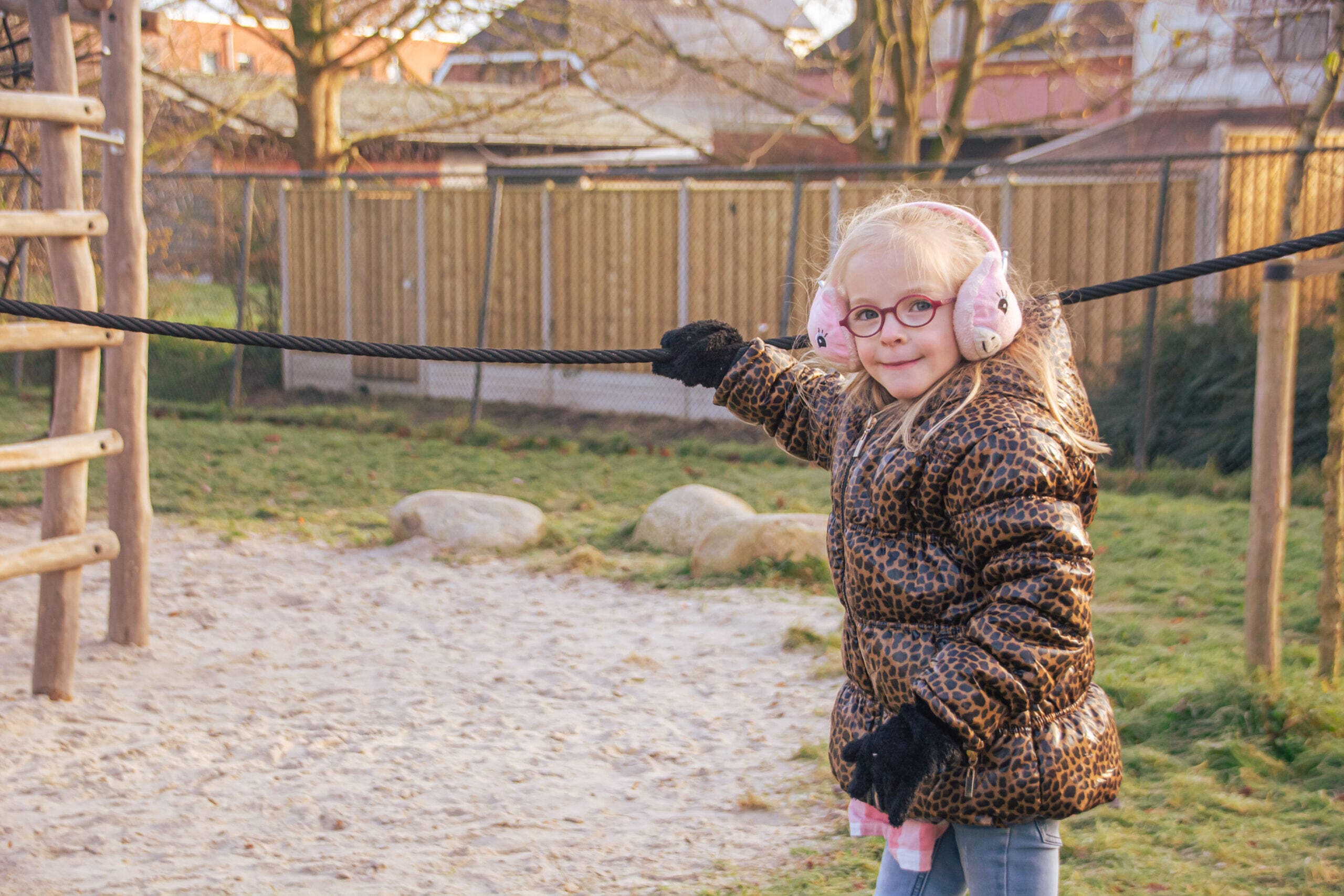A playground is the place where children come together, explore, and have fun. But did you know that 9 out of 10 playgrounds are unsuitable for children with a visual impairment? That means many children are literally left out of play — even though outdoor play is vital for their development and social connections.
At BOERplay, we believe that play should be accessible to everyone. That’s why we’ve been designing and creating playgrounds for many years where all children can join in — with or without disabilities. Inclusive design isn’t a passing trend for us; it has always been the foundation of how we create play environments.
It’s time to show how smart design choices and small adjustments can make a big difference!
The good news? A truly inclusive playground doesn’t have to be complicated. Even simple things — such as avoiding planters in the middle of paths or ensuring evenly distributed lighting without harsh glare — can make a playground far more accessible to a wider audience. A report by SamenSpeelNetwerk and Stichting Accessibility provides practical tools for creating accessible playgrounds. Awareness – recognising where improvement is possible. Accessibility – from the website to the route leading to the playground. Entry – entrances, lighting, and obstacle-free paths. Usability – everything from toilets and cafés to the play equipment itself. Attitude – how visitors are welcomed and supported often makes the biggest difference. A playground visit doesn’t start at the climbing frame — it starts at home, on the website! The journey there also counts: safe crossings, tactile paving at bus stops, and obstacle-free paths are invaluable for many families. The reception area also plays a role. A clearly visible information desk, helpful staff, and lockers that are easy to locate both visually and by touch all help visitors feel confident and at ease. And then, of course, there’s the playground itself — the highlight of the day! Here, contrast is key. Think of a red climbing ladder against a light-coloured surface, a dark rope instead of a shiny metal chain on a swing, or a sandpit with a clearly defined edge. Avoid shiny materials like stainless steel — they reflect light and make it harder to see. It’s not just the equipment — the surface beneath it matters too. Loose materials like sand can make movement and orientation more difficult, especially when wet, as the changing texture and colour reduce contrast. By combining firm, contrasting materials such as paving and grass, you create natural guidance lines that make navigation intuitive — combining safety, clarity, and playfulness. So, how does this look in practice? As landscape designer Odeth Nijrolder explains: “When designing playgrounds, we consider various aspects. For instance, we might focus on stimulating other senses by adding specific plants that can be touched and smelled, or through special play features such as speaking tubes, music and tactile panels. We also use ‘attention zones’: contrasting colours at the start and end of play features. Take a slide on a hill, for example — by marking the top and bottom with bright colours, children can clearly see (and feel) where the equipment begins and ends. The foundation is just as important — a logical route with a clearly marked path and an information board that includes braille helps children with visual impairments find their way around with confidence.” A colleague of hers adds: “We design for playing with more than just your eyes — that’s what true inclusion means.” Play isn’t only about seeing and moving — it’s about feeling, hearing, and discovering. A great example is the playground at De Neswaarden in Aalst, which features an inclusive climbing structure with accessible ramps and sensory panels along the sides. Children can touch, listen, and explore as they move — turning play into a full sensory adventure that everyone can enjoy together. At BOERplay, we believe outdoor play should be a natural right for every child. Small adjustments, big impact
Often, small changes make a world of difference — like adding clear contrasts between play equipment and the surface, a yellow marking on the first and last step, or tactile elements at the start and end of a slide. This helps children know exactly where to begin and end.
Small details, big effect.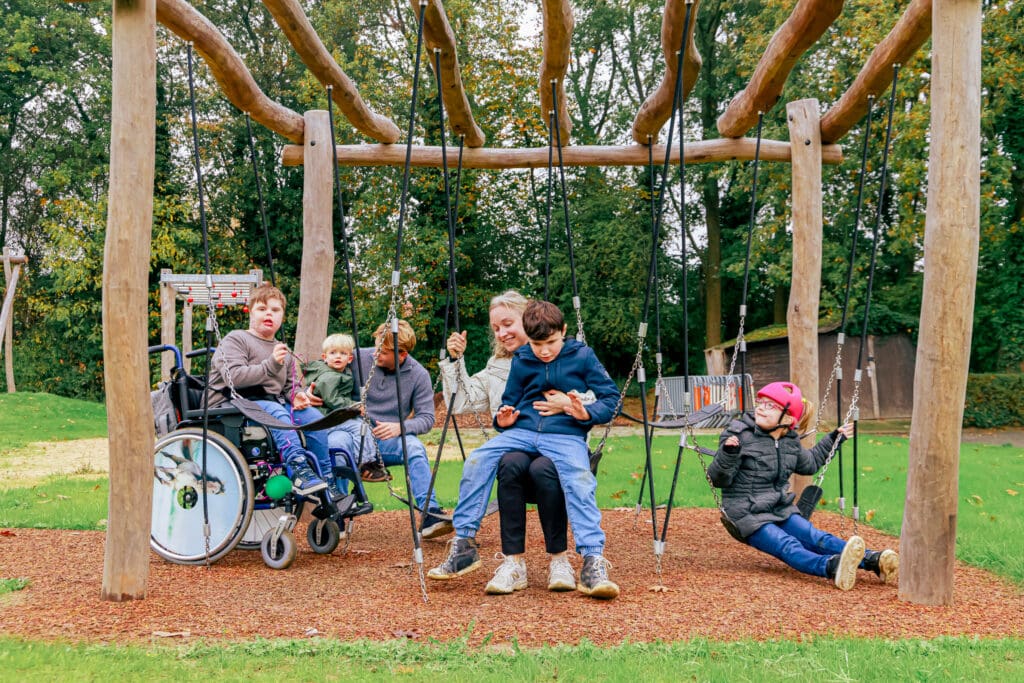
A roadmap to accessibility
From website to seesaw – the entire visitor journey matters
An accessible website helps parents enormously: clear contrasts, alt-text for images, and practical accessibility info, such as whether assistance dogs are allowed, what the route looks like, and whether there are obstacles along the way.
Once on site, the entrance sets the tone. Contrasting gates, marked steps, and non-glare lighting immediately create a welcoming feeling for everyone.
Tactile and textured details also help: distinct materials at the start and end points of equipment, or sensory and sound-based play features that add both accessibility and fun for everyone.Ground surfaces that make a difference
For children (and adults) with visual impairments, smooth, hard surfaces are ideal. They make routes through the playground easier to detect, safer to navigate, and free of obstacles.Inclusive design in practice at BOERplay
At BOERplay, our landscape designers work to create playgrounds that are both fun and inclusive. They consider not only the play equipment itself, but also the routes, ground surfaces, and overall experience.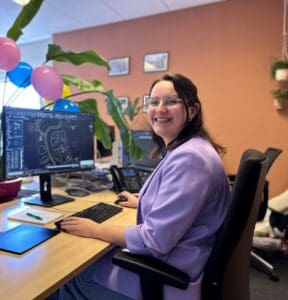
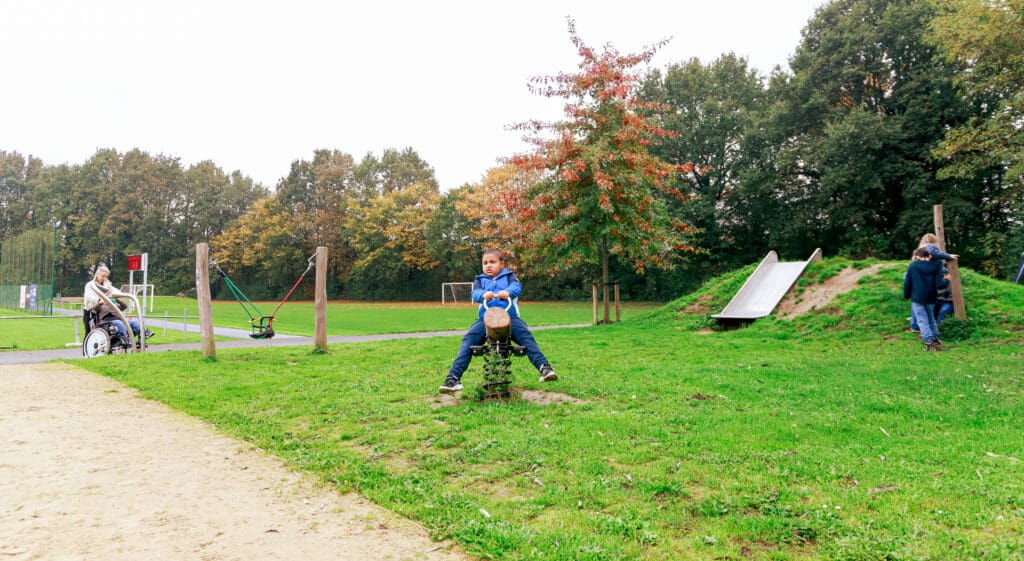
Playing with more than just your eyes
For children with visual impairments, sensory stimulation through touch, sound, and smell is essential. Tactile panels with different textures, bells or chimes, and fragrant plants all add layers of experience that help children orient themselves and enjoy play in their own way.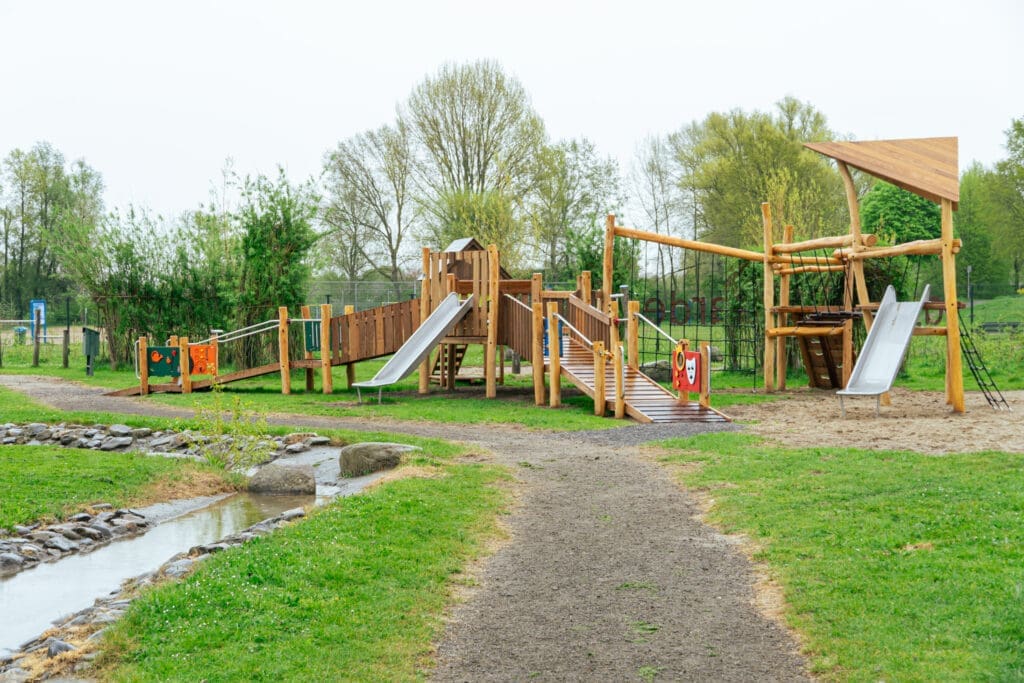
Playing together means living together
With just a few thoughtful adjustments, you can make a world of difference — ensuring that no child is left on the sidelines.
